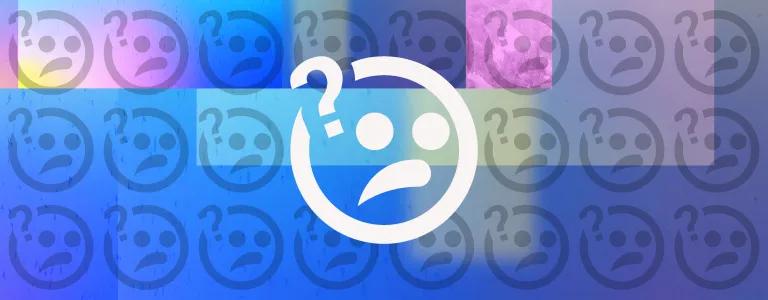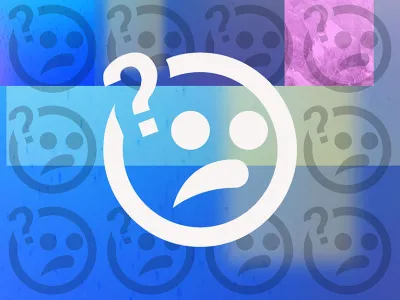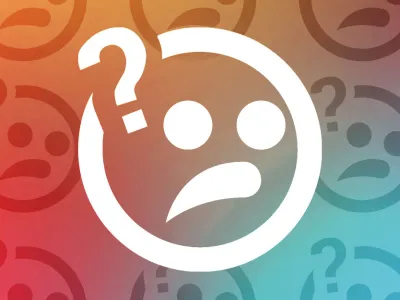
Let's Get Quizzical: Science
It’s time to put your lab coat on and get your brain thinking. This week is British Science Week and we’re putting you to the test. Literally! Here’s ten questions all about the world of science. How much do you know? Answers below…
QUESTIONS
1. How many bones are there in the adult human body?
a) 198
b) 206
c) 257
d) 292
2. At what speed does light travel?
a) 293,867 miles per second
b) 3 million miles per second
c) 10,000 miles per second
d) 186,282 miles per second
3. What is the rarest blood type?
a) AB-
b) O+
c) B+
d) B-
4. True or false: some asteroids have their own tiny moons orbiting them?
True
False
5. On the periodic table, what is the chemical symbol for silver?
a) Sc
b) Au
c) Ag
d) Cs
6. In a flower, what does the stigma do?
a) Germinates pollen
b) Encloses a developing bud
c) Produces pollen
d) Produces chlorophyll
7. What is the name of the rover that landed on Mars in 2021?
a) Opportunity
b) Curiosity
c) Loyalty
d) Perseverance
8. In computer science, what does USB stand for?
a) Unique Sorting Bar
b) Universal Serial Bus
c) Ultimate Saving Box
d) Useful Science Bin
9. True or false: female seahorses carry and give birth to their young?
True
False
10. Which oath of ethics taken by doctors is named after an Ancient Greek physician?
a) Herolphilos Oath
b) Ephesus Oath
c) Hippocratic Oath
d) Asclepius Oath
ANSWERS
1. The answer is b) 206!
Adult bodies on average have 206 bones, but did you know, as kids, we have 300! As a human body ages, some of its bones fuse together - a totally normal process and one that lasts until sometime within the third decade of life!
2. The answer is d) 186,282 miles per second!
The speed of light in a vacuum is 186,282 miles per second, and in theory nothing can travel faster than light. In miles per hour, light speed is, well, a lot: about 670,616,629 mph. If you could travel at the speed of light, you could go around the Earth 7.5 times in one second!
3. The answer is a) AB-!
There are eight main blood types (O+, O-, A+, A-, B+, B-, AB+ and AB-), but some are rarer than others. O+ is the most common blood type in the world, but AB- is the rarest of the eight, with just 1% of donors in the UK having it!
4. The answer is True!
Yes, asteroids can have moons! In 1993, a tiny moon called Dactyl was discovered orbiting the large asteroid Ida. Dactyl is only about 1 mile wide, while Ida is about 19 miles across. Since then, over two dozen more have been discovered.
5. The answer is c) Ag!
Silver's chemical symbol, Ag, is an abbreviation of the Latin word for silver, 'argentum’ and it sits in the centre of the periodic table. The periodic table, and its way of organising the elements was first provided by Dmitri Mendeleev. Metals reside on the left side of the table, while non-metals reside on the right.
6. The answer is a) Germinates pollen!
The stigma is a specially adapted portion of the pistil, which is modified for the reception of pollen. It may be feathery and branched, or elongated (especially in wind-pollinated flowers or grasses) or it may be compact and have a sticky surface.
7. The answer is d) Perseverance!
NASA's newest Mars rover touched down in Jezero Crater on Mars on February 18, 2021 and will explore the Red Planet in search of evidence of past or present life. Over the years, NASA has sent five rovers to Mars: Sojourner, Spirit and Opportunity, Curiosity, and Perseverance.
8. The answer is b) Universal Serial Bus!
These days, almost everyone has a USB lying around. But did you know that it stands for Universal Serial Bus? USB technology was introduced in 1997, but didn't really take off until the introduction of the Apple iMac (in late 1998) which used USB ports exclusively.
9. The answer is False!
Seahorses and their close relatives, sea dragons, are the only species in which the male gets pregnant and gives birth. Instead of growing the baby seahorses inside a uterus, male seahorses will carry the babies in a pouch, a bit like a kangaroo’s pouch!
10. The answer is c) Hippocratic Oath!
The Hippocratic Oath is named after the ancient Greek physician Hippocrates. It represents a time-honored guideline for physicians and other healthcare professionals as they begin or end their training. By swearing to follow the principles spelled out in the oath, healthcare professionals promise to behave honestly and ethically.



